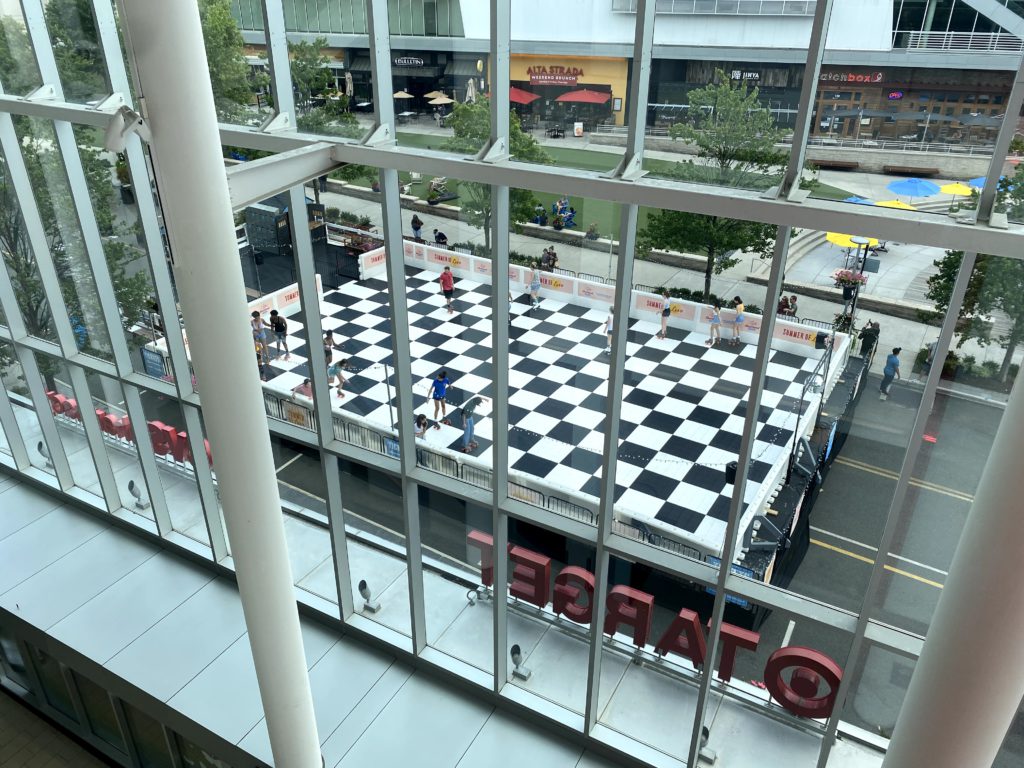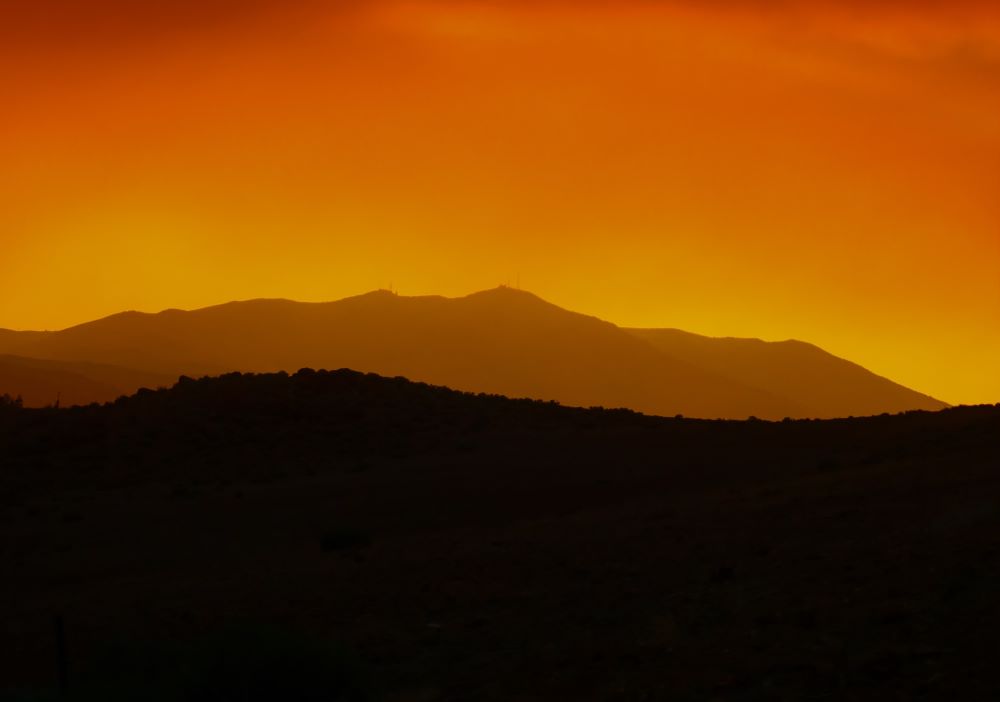This was originally published in the Los Angeles Times.
By Matt Sedlar and Trisha Cumbra
Suffering is not a competition, but the battle for attention and resources tragically is.
Children killed in a school shooting, fires raging across the West, deadly tornadoes slamming the Midwest and the South — all happening against a backdrop of more than 800,000 deaths from COVID-19. After a high-profile tragedy, sustained national news coverage can bring in sympathy, charity and pressure for government aid. But what happens when the TV news crews go home? All too often, victims are left without the support they need to put their lives back together.
Tobe Magidson can attest to that. He is a homeowner in Grizzly Flats, one of the Northern California communities leveled by the Caldor fire, which burned 221,835 acres from August to October.
“We are not in this together,” he said recently. “I wake up every day looking at my ash pile. The only ones in this together with myself are my community and neighbors.”
However, the Federal Emergency Management Agency’s declaration for El Dorado County, which includes the decimated communities of Grizzly Flats, Twin Bridges and Phillips, is not making that possible. It provided for only two types of aid: disaster response and public assistance, to cover needs such as putting out the fire, removing debris and restoring utilities. The crucial third type — individual assistance — was not made available.
The agency’s decision process is painfully opaque. Some criteria include losses by the uninsured, the population profile, impact to infrastructure, casualties and unemployment related to the disaster. But what happens if a community meets only two of the six criteria? It’s not clear.
For more, visit the Los Angeles Times.



